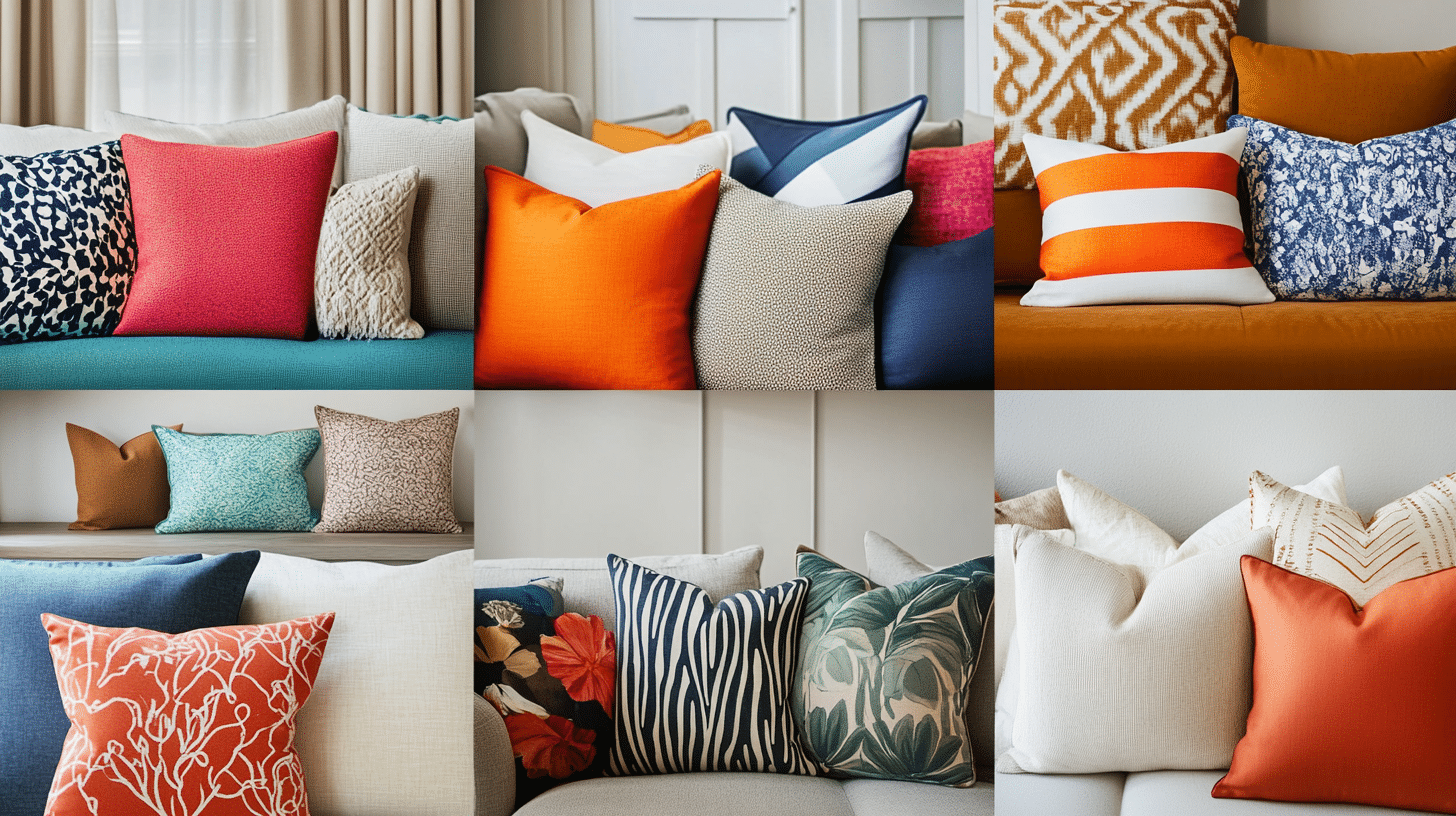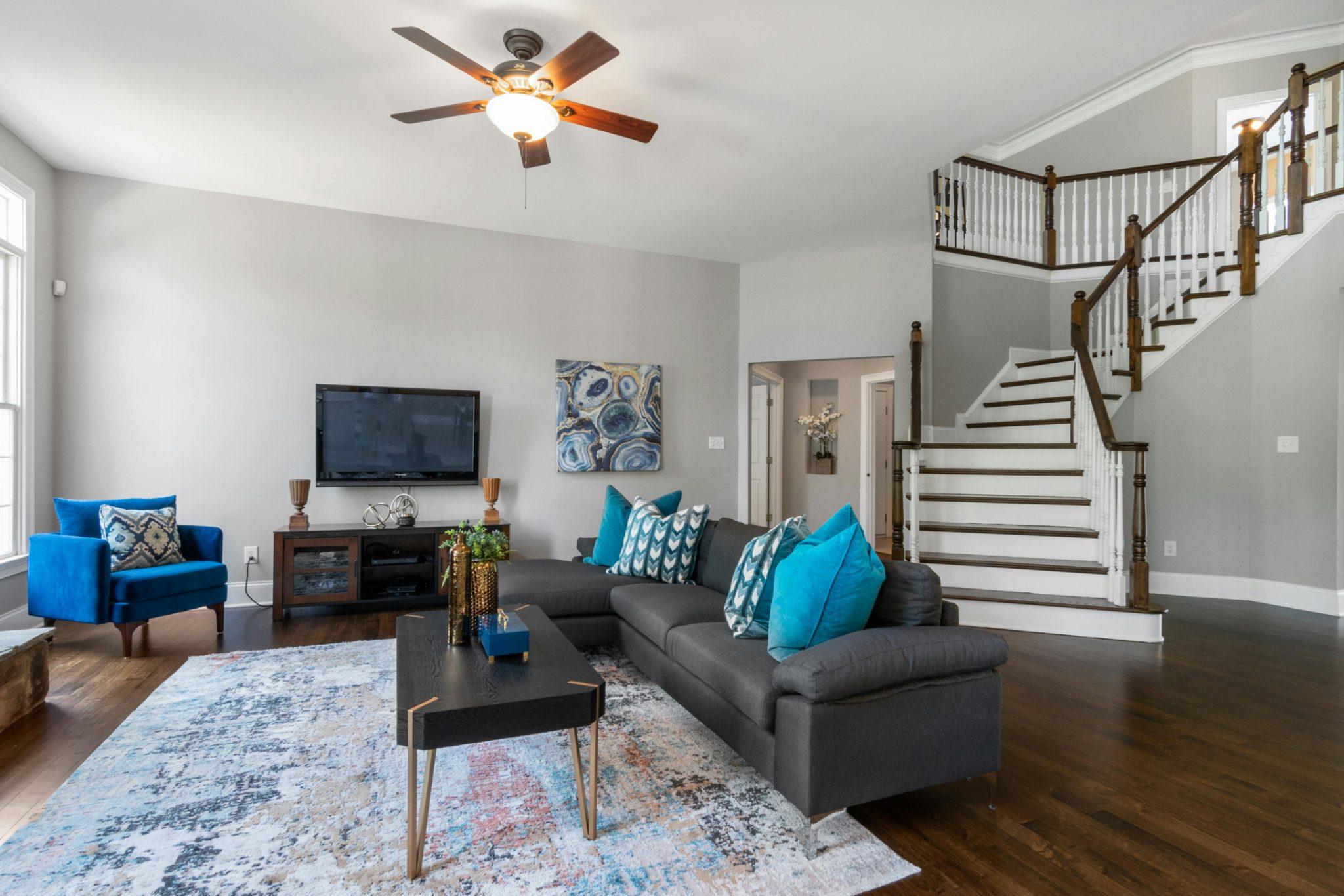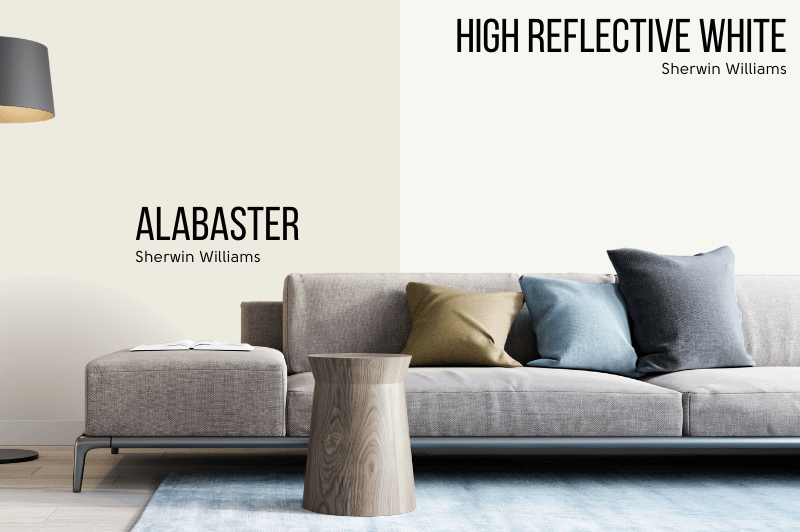How to Choose a Color Palette that Embodies the Coastal Vibe in a Bedroom?
When it comes to designing the perfect coastal-inspired bedroom, choosing the right color palette is essential. With endless shades and hues available, finding one that showcases the serene and soothing atmosphere of a coastal environment can be challenging.
However, opting for light and airy colors such as soft blues, sandy beiges, and crisp whites can instantly create a sense of tranquility and mimic the coastal scenery in your coastal bedroom decor.
These colors evoke the feeling of being near the ocean, where the sky meets the sea and the sand meets the shore. Additionally, incorporating natural textures like rattan, driftwood, or seagrass can further enhance the coastal vibe and bring a touch of nature indoors.
Choosing a Color Palette for Coastal Vibes
1. Look to Nature for Inspiration
One of the easiest ways to choose coastal-inspired colors is to draw inspiration from nature. The seaside landscape, with its various colors encompassing blue skies, sandy beaches, and green foliage, offers plenty of choices. Some popular coastal hues include:
- Cool blues: These shades represent the ocean and water, with tones ranging from light aqua to deep navy blue.
- Soft whites: A symbol of purity and simplicity, white evokes memories of waves crashing against sandy shores.
- Earthy tans and beiges: These neutral tones resemble sand or warm driftwood.
- Light greens: Light shades of green capture the essence of seaside plants and grasses.
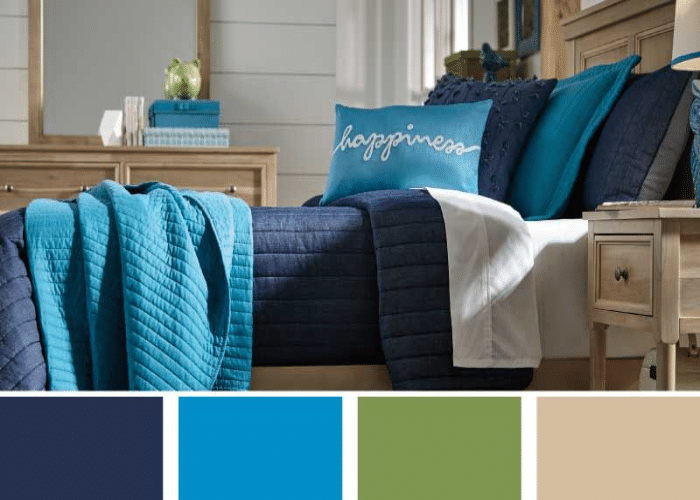
2. Identify a Base Color
The base color sets the foundation for your room’s design and creates a harmonious space where all elements work together seamlessly. Start by selecting one principal shade as your base color before working on the other hues in your palette. If you want a peaceful atmosphere, opt for soft blues or greens to establish a soothing and restful ambiance. Alternatively, you can choose earthy tans or beiges for an inviting warmth reminiscent of beachfront cottages.
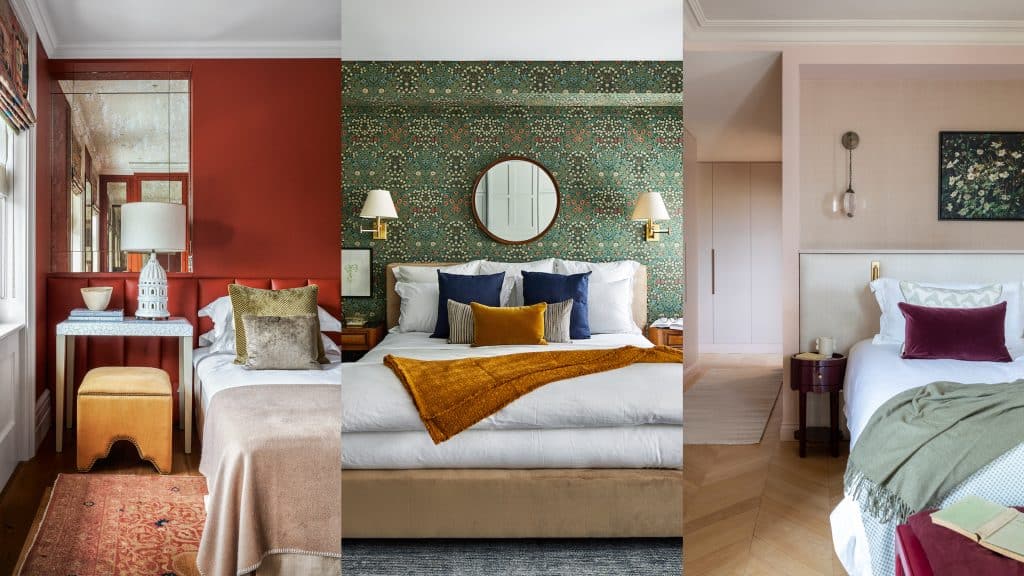
3. Select Complementary Colors
With your base color in mind, it’s time to select complementary hues that will balance your room’s aesthetic while staying true to its coastal theme. To create depth and interest in your design, avoid using solely monochromatic colors; instead, add variety by mixing diverse tones within the same color family. Keep in mind that coordinating colors should not overpower the base color. For instance, when pairing seafoam green with navy blue, ensure that navy is used sparingly to prevent overtaking the calming effect of green.
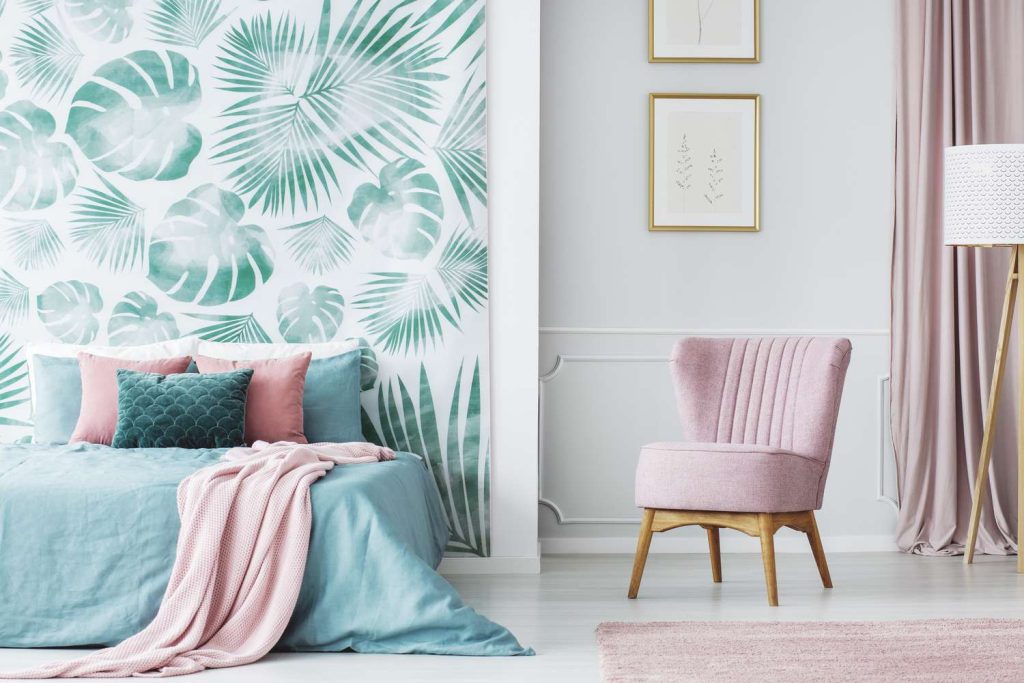
4. Incorporate Accent colors
Accent colors add energy and character to your bedroom by breaking up the monotony of your chosen palette. They can be used to highlight prominent design features or small decor pieces, such as pillows, artwork, or rugs. When selecting accent colors, consider using complementary colors that are opposite on the color wheel to create a dynamic and visually appealing contrast. Bold accent colors, like coral or teal, make stunning contrasts against a neutral backdrop and bring a splash of vibrancy while still exuding coastal charm.

5. Test your Color Choices
Before you commit to a particular palette, it’s crucial to test the shades you’ve chosen in your space. This can be done by purchasing small paint samples or fabric swatches and placing them in different room areas to see how they interact with the lighting and other elements. Additionally, consider how the colors make you feel and if they align with the overall mood and atmosphere you want to create in your bedroom. Lighting conditions and existing elements like flooring and furniture can alter the colors’ appearance.

6. Balance Color Weight
To achieve a cohesive coastal-inspired bedroom design, it’s essential to balance the weight of colors throughout the space. Avoid overwhelming the room with too many bold or vibrant colors. Instead, opt for a mix of calming neutrals and soft pastels with pops of ocean-inspired blues and greens. This will create a soothing and serene atmosphere that is reminiscent of the coast.
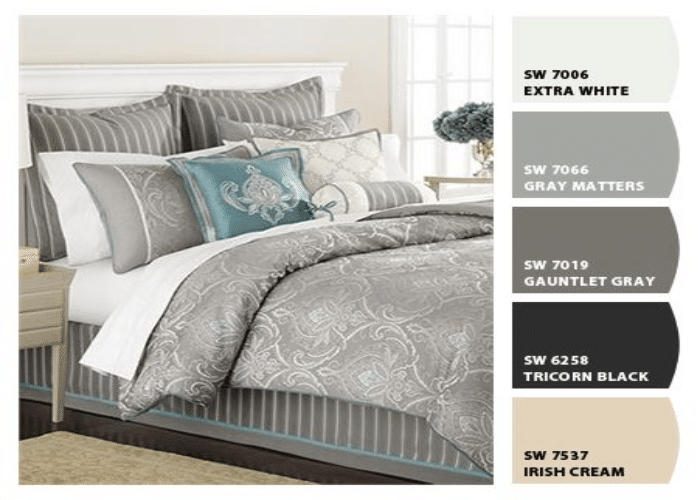
7. Keep It Minimalistic
Avoid overcrowding the space with too many decorative items. Instead, focus on selecting a few key pieces that evoke the coastal theme, such as seashells or driftwood accents. This will allow the room to feel open and airy, enhancing the overall tranquility of the space. Opt for a minimalist approach and choose a few statement pieces, such as a driftwood mirror or a seashell-shaped lamp, to add coastal flair.
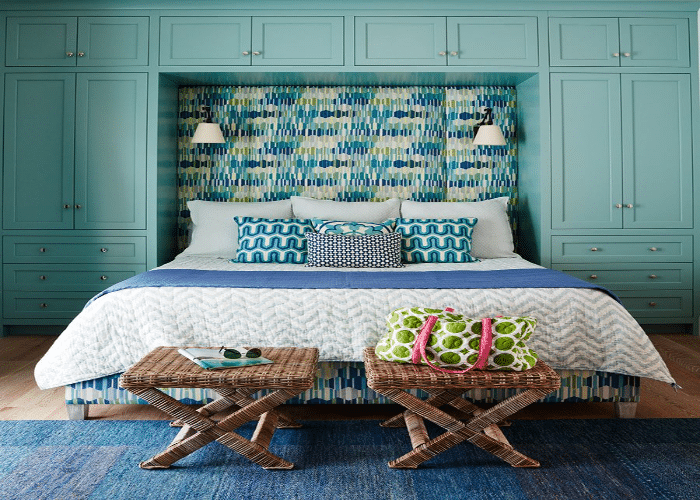
8. Consider Artwork and Accessories
Hang beach-themed artwork, such as seascapes or coastal landscapes, to enhance the overall vibe of the room. In addition, incorporate accessories like woven baskets or glass jars filled with seashells to emphasize the coastal theme further. These small touches will add depth and character to the space, creating a cohesive and relaxing atmosphere. Display seashells, framed photos of beach memories, or a collection of beach-themed books on shelves or side tables.
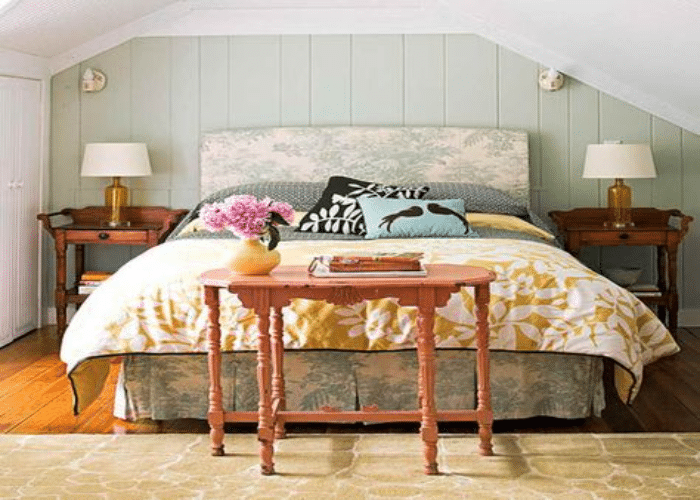
9. Create a Color Scheme
Use soft, soothing colors like blues, whites, and sandy neutrals to evoke a beachy feel. Consider incorporating pops of vibrant colors, like coral or turquoise, to mimic the vibrant hues found in beach sunsets and tropical fish. Additionally, choose textiles and fabrics with beach-inspired patterns, such as stripes or nautical motifs, to further enhance the coastal aesthetic. Consider painting the walls in light shades of blue or using patterned wallpaper with coastal motifs.
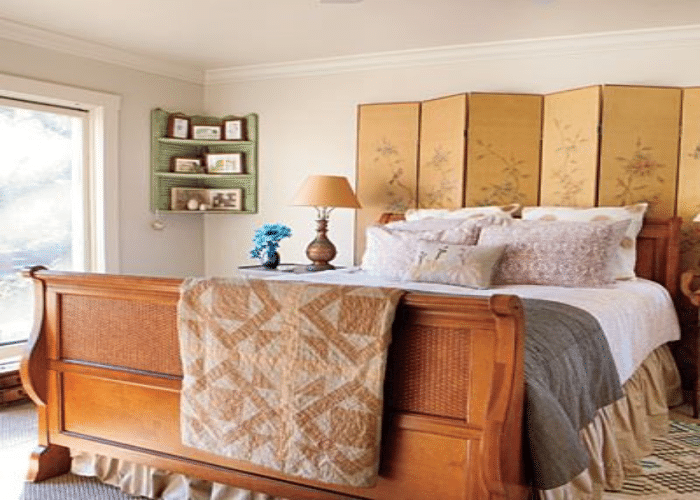
10. Incorporate Natural Materials
Bring in elements from nature by using furniture made of bamboo or rattan. These materials not only add a touch of authenticity to the coastal theme but also create a relaxed and organic feel in the space. Additionally, consider adding accents made of seashells or driftwood to enhance the natural elements in the room further. Add texture to the space with woven baskets, jute rugs, or linen curtains.

Conclusion
To choose a color palette that embodies the coastal vibe in a bedroom, focus on incorporating soothing, natural colors inspired by the sea, sky, and sand. Opt for soft blues, greens, and neutrals to create a peaceful and inviting atmosphere.
Additionally, don’t be afraid to experiment with pops of bolder coastal-inspired colors or patterns for accent pieces to achieve the perfect balance of tranquility and visual interest. By thoughtfully selecting a cohesive color palette, you’ll effortlessly bring the relaxing essence of the coast into your bedroom sanctuary.



